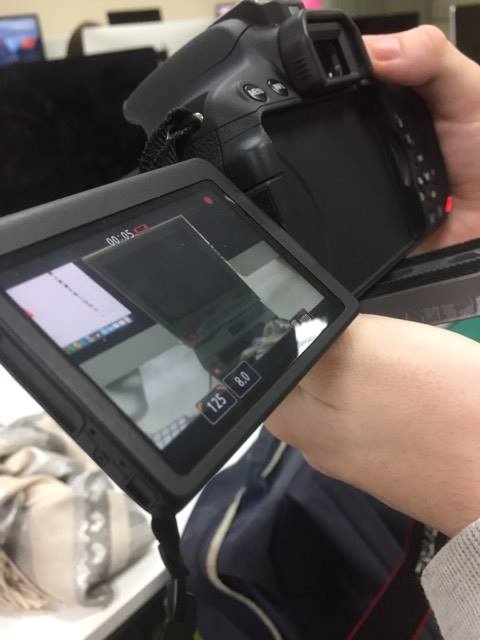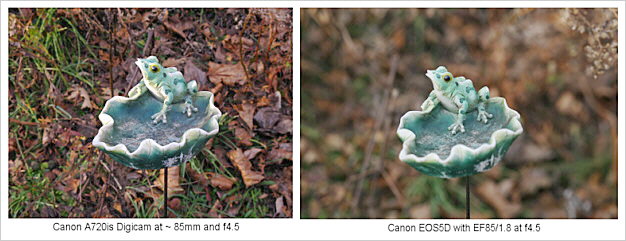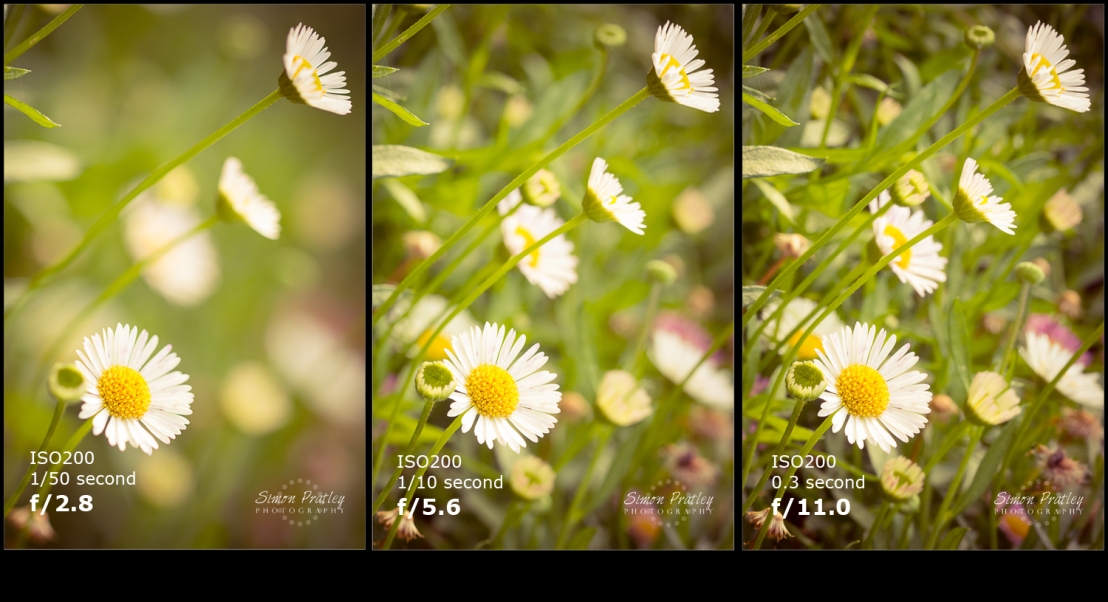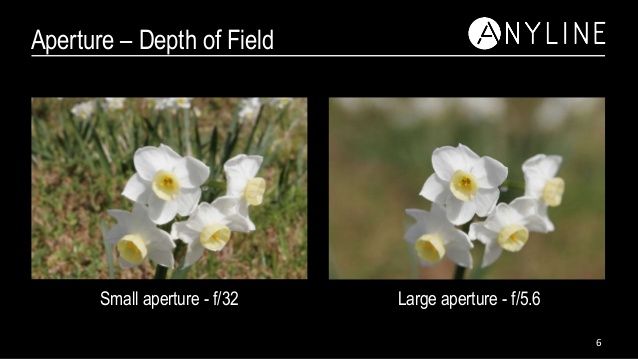I recorded some clips on the Canon DSLR where I changed the ISO and shutter speed when I recorded them. The minimum shutter speed was 60 and the maximum was 4000. I used mostly the shutter speed 125 to film both indoor and outdoor.

Level 3 Media TV & Film
Month: February 2017
I recorded some clips on the Canon DSLR where I changed the ISO and shutter speed when I recorded them. The minimum shutter speed was 60 and the maximum was 4000. I used mostly the shutter speed 125 to film both indoor and outdoor.

When you are shooting indoor, you would film with a shutter speed of about 1/200th and ISO 1600 and an f-stop of f/1.4 – f/2.0.
If you are filming outdoor then your shutter speed would usually be 1/125th.
If the shutter speed is too slow, you’ll get blurred movement. If you shoot at a shutter speed that’s too high, everyone in your scene will look like robots or as if they were recorded in stop motion.
Tested along the way how well the camera knowledge has sunk in.
Schedule
Thursdays
23rd – Aperture
2nd – Colour
9th – Camera and edit setup
16th – Compression
23rd – Testing
Fridays – Showreel, Vimeo page or Website
Interlaced – T.V., live, documentary
Progressive – Filmic – Drop a field (25fps)
Upper field – DVCAM
Lower field – (small cam)
(De-Interlaced) – If the fields are the wrong way round, the video will be flickery.
LED – light emitting diode (10 years lifespan) – SOLID
LCD – Liquid crystal display (2-3 years lifespan) – LIQUID
PLASMA – GAS – Hardly ever used
C.R.T – Hardly ever used
P.A.L – Phase Alternating Line – Britain – TV Standard – 50Hz
N.T.S.C – North America – TV Standard – 60 Hz
S.E.C.A.M. – France – TV Standard – 50 Hz
70 dpi (dots per inch)
1920 x 1080 – H.D. (frame size) (1080p)
4k – 4096 x 2160 (2160p)
Moving Image
Aperture, ISO, Shutter speed
Aperture – F setting – F Stop
Hole
(Pupil) like an eye is like the iris (aperture) on a camera
Diaphragm (affects the size of the aperture)
F – stop – Small aperture – Large number – f/22
Large aperture – Small number -f / 1.4
Inside – Open up aperture
If you are outside – Close the aperture
F8 and be there – If you aren’t sure of the lighting then use f8.
f/32 – D.O.F. – Depth of field – Focus near and far with a smaller aperture for example filming a pebble on a beach would be a high f setting to get the best focus. If you want it to blur, you change the aperture accordingly.
f/1.4 – Focus near not far or vice versa not both.




There can be different lenses:
Fixed (Prime) 1 x focal length – f stop remains the same
Zoom lens – Tighter and wider – Variable apertures
If you have a 18mm – 200mm zoom lens (zoom out) f/3.5 zoomed in is f/5.6
Some zoom lenses have no change in aperture like a fixed lens but most will.
Film
I.S.O. or A.S.A. – Sensitivity of what is recorded – Sensitivity of film to light
(International Standards Organisation)
Digital
Image Sensor
Lower number – lower sensitivity
High ISO is used in darker situations/locations e.g. to freeze each frame – sharpness
The recording becomes noisy e.g. recording sport. A darker situation so therefore you need to set a higher ISO but then you will have a noisier recording.
ISO 100 was the image on the left and ISO 3200 was the image on the right.
Below is ISO 200 – ISO 3200

100-400 ASA is a small aperture so you could start off with an aperture of f/2.4 – f/8
Indoor Sport – For indoor sport you would have a low ISO because you don’t want any grain. You would not use legs because it would constantly be moving. You would have a large aperture because it is filmed inside. – Limited light.
Concert – For concerts you would have a higher ISO because it would most likely be filmed indoors with no grain. You would use camera legs to get a still shot and have a large aperture because it would be fairly dark.
Museum of Art – This would be filmed with a high ISO with high grain and you would definitely use camera legs to get some still shots and have a high aperture.
Chinese New Year – This would be filmed with a low ISO because it would be filmed outside and you would have low grain. It would most likely be filmed on a stills camera and with legs with a low aperture.
SLR – Single lens reflex – Deflecting the light into the view finder.
Shutter Speed
Shut – Light sensor – Shut – Exposed
Length of time of exposure
Slower or faster
Fast shutter speed – Filming birds (1/250th of a second)
ISO needs to increase to 800 because of the sensitivity because we increased the shutter speed.
Iris – Aperture f/2.4
Lighting
Filming a car crash at night in front of the tower block – High shutter speed at about 1/400th and therefore the ISO would need to be increased to 800 because it would be filmed in the dark and the iris would have an aperture of f/2.4 with lots of lighting.
Camera Settings
Aperture priority mode – I set the aperture and the camera will automatically set the shutter. ISO set.
For indoor sport you would set them to manual and control the aperture and shutter yourself.
For my final major project, I will be producing a short documentary based on Teen Wolf which will be teased on a 30 second trailer. The full piece will be about 5-10 minutes long based on the word ‘Team.’
KOLB
Experience – Context, video and sound
Viewing Cycle
Reflection – funny, scary, moving – evokes emotion
Abstract Conceptualisation – fiction, reality, film language, culture and ideology
Active Experimentation – Screenplay, visualisation and production
Production – Film making – linked to context, video, sound and reflection
When working at Costa, I realised that I was really good at working on the tills dealing with all types of money as well as communicating with customers in a friendly manner.
2. Tell me about a time when you had to work as a team.
Every day at Costa Coffee in King’s Lynn, I had to work as a team to deal with customers complaints and to also help the staff on the coffee machine by telling them what drink drink was next to make.
3. Give me an example of a time you had to work under pressure.
The fridges at Costa had to be filled with new stock as soon as possible when deliveries came to stop it from going mouldy and wasting money because this would make a huge impact on the company and if the hygiene levels aren’t good, then we would lose customers.
4. Tell me about a time when you faced a problem and how you overcame it.
I faced many problems in Costa including rude customers and difficult customers who changed their minds and so we wasted a lot of the drinks including lots of money and I overcame it by ensuring I repeated the order back to the customers before the transaction was completed.
WHAT (returning to the situation)
SO WHAT? (understanding the context)
NOW WHAT (modifying future outcomes)
CONCLUSION
500 words minimum. Reflective writing.
Presentation and self-promotion skills
I will be basing my 30 second piece on the quote below. This will be shown byhaving an angry director who always tells this actress off and makes her re-film clips over and over again to annoy her and this is shown by the actress getting annoyed with the director.

Looking to the past. (Tense) – Examples
Theory – Present tense
Reflection Models
Gibbs
What happened?
We were taken through some interview questions and answering them using the STAR theory we learnt with another class member asking the questions you wrote down in the studio in college. This helped us to gain confidence and help us get jobs in the future.
What were your feelings/emotions?
When we were being interviewed, I felt nervous and scared when I had to answer the questions however I enjoyed asking the questions because I felt more confident which made me happy.
What was good and bad? Subjective.
I found some questions went better than others because I had an idea in my head to some of them because I know that I am better at talking about working in a team but not so good talking about other stuff in particular dealing with difficult customers.
Sense of situation – Research source
I used the STAR method when I could to answer the questions to ensure I could get a job in the future.
Conclude generally? Specifically about response.
I think the interview went fairly successfully however I don’t think I answered using STAR enough so I highly doubt I would have gotten the job I wanted due to my nerves so I should have planned the interview out better than I did.
In the future, how will your plan change?
The plan could change because I might not enjoy what I am doing now and want to take a completely different career path not focusing on media.
Schön – (Reflection-in-action)
Experiencer’s Processes
Decision making and the feelings at the time of the event
Affective mode
I reflected in action by, unless I am really annoyed, I will usually walk away from a bad situation if something is bothering me.
For me, the most important experience was dealing with difficult customers in a busy environment.
At the time, I did not know how to make any coffees. This might be due to the fact I had very little experience before I worked in Costa coffee. This is unlike anything I used to do before I worked here. Unlike working in Monsoon, this demonstrates that I didn’t use to deal with many customers.
Having applied Gibbs model, I now realise that I should have dealt with customers quicker and how to reflect on the situation in a calm way.
i will be making a piece that will be based on soaps because I watch Eastenders and Neighbours.